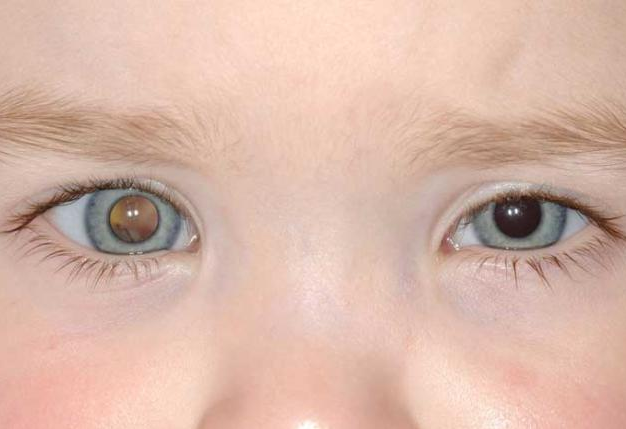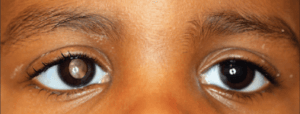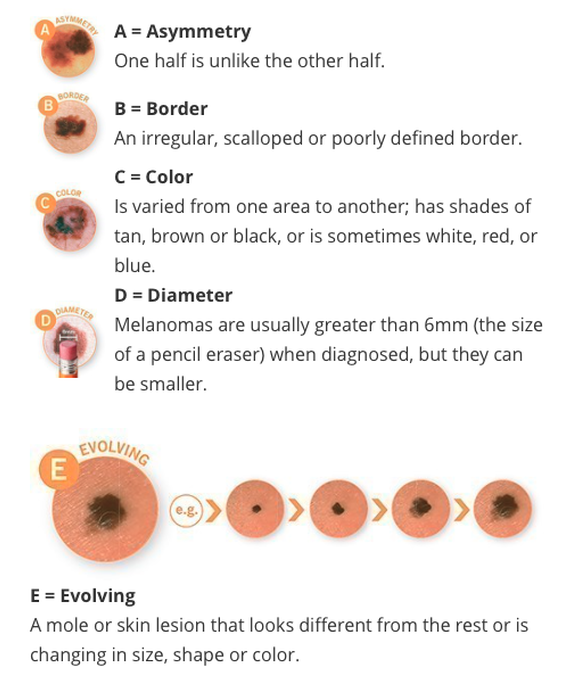Go to:
LEUKEMIA
LYMPHOMA
NEPHROBLASTOMA, WILMS TUMOR
OSTEOSARCOMA
RETINOBLASTOMA
RHABDOMYOSARCOMA
SKIN CANCER; MELANOMA
CANCER AND SCHOOL
SUPPORT
What are the most common cancers in children and adolescents?
Overall for children and adolescents (ages 0 to 19) in the United States, the most common types of cancers are leukemias, which are cancers of the blood or bone marrow cells; brain and central nervous system tumors, including cancers of the spine; and lymphomas, which are cancers of the lymph nodes or glands). However, the types of cancer can vary by age. (HealthyChildren.org)
Types of Brain and Spinal Cord Tumors in Children
Top 5 Pediatric Cancers: The Warning Signs
HealthyChildren.org: Childhood Cancer
National Cancer Institute: Childhood Cancers
Educating Children and Teenagers (pdf)
Unsung Heroes – Children with Cancer
Children with Cancer – A Guide for Parents
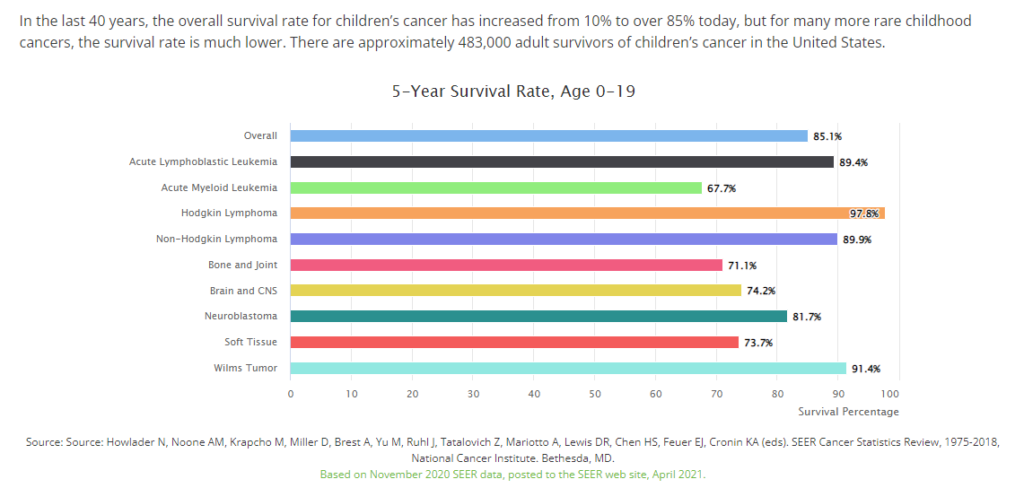
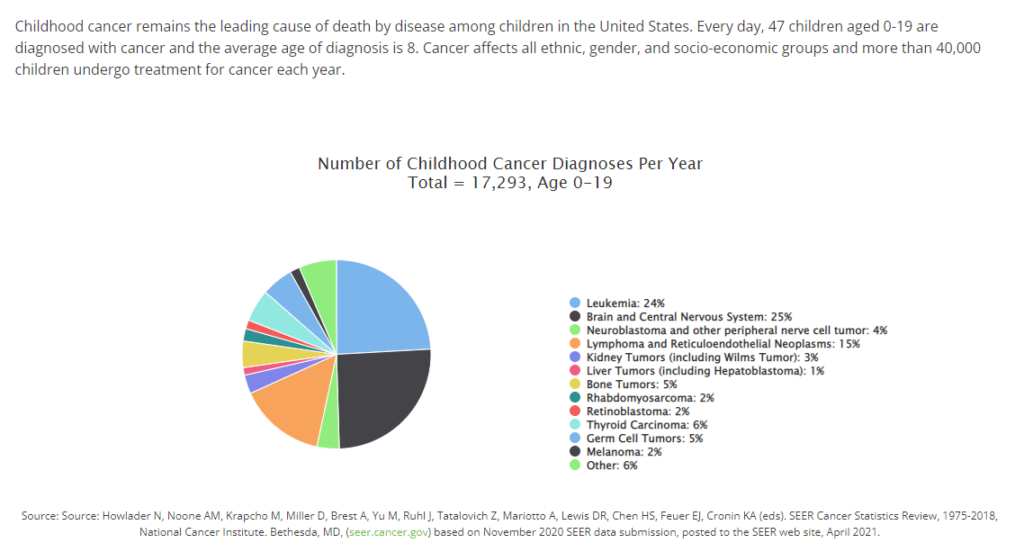
LEUKEMIA
Leukemias are cancers that start in cells that would normally develop into different types of blood cells. Most often, leukemia starts in early forms of white blood cells, but some leukemias start in other blood cell types. (American Cancer Society)
Cancer.org: What is Childhood Leukemia?
Cancer.org: Childhood Leukemia – Signs and Symptoms
Cancer.org: How is Childhood Leukemia Classified?
LLS.org: Childhood Blood Cancer
LLS: Learning and Living with Cancer – Advocating for your child’s educational needs
ACS: What is Childhood Leukemia
The ALL Guide: Information for Patients and Caregivers
LLS: Acute Lymphoblastic Leukemia
LYMPHOMA
The lymphatic system is the body’s disease-fighting network. It includes the lymph nodes, spleen, thymus gland, and bone marrow. The main types of lymphoma are Hodgkin’s lymphoma and non-Hodgkin’s lymphoma. (Mayo)
Non-Hodgkin Lymphoma – Signs and Symptoms
NCI: Childhood Non-Hodgkin Lymphoma
NCI: Childhood Hodgkin Lymphoma
Types of Non-Hodgkin Lymphoma in Children and Teens
Downloadable PDFs – Childhood Non-Hodgkin Lymphoma
Non-Hodgkin Lymphoma in Children
LLS: Non-Hodgkin Lymphoma
LLS: The Lymphoma Guide
NEPHROBLASTOMA, WILMS TUMOR
Wilms tumor is a rare kidney cancer that is highly treatable. Most kids with Wilms tumor survive and go on to live normal, healthy lives.
Also known as nephroblastoma, Wilms tumor can affect both kidneys, but usually develops in just one. Doctors believe that the tumor begins to grow as a fetus develops in the womb, with some cells that should form into the kidneys instead forming a tumor. (Nemours KidsHealth)
Cancer.org: Risk Factors for Wilms Tumor
If Your Child Has a Wilms Tumor
Wilms Tumor
Wilms Tumor Early Detection, Diagnosis, and Staging
OSTEOSARCOMA
Osteosarcoma is a type of bone cancer that begins in the cells that form bones. Osteosarcoma is most often found in the long bones — more often the legs, but sometimes the arms — but it can start in any bone. In very rare instances, it occurs in soft tissue outside the bone.
Osteosarcoma tends to occur in teenagers and young adults, but it can also occur in younger children and older adults. (Mayo)
Signs and Symptoms of Childhood Bone Cancers
What is osteosarcoma?
RETINOBLASTOMA
Retinoblastoma is an eye cancer that begins in the retina — the sensitive lining on the inside of your eye. Retinoblastoma most commonly affects young children, but can rarely occur in adults. (Mayo)
Cancer.org: What is retinoblastoma?
St. Jude: What is Retinoblastoma?
Cancer.net: Retinoblastoma – Childhood
RHABDOMYOSARCOMA
Rhabdomyosarcoma is a type of sarcoma. Sarcoma is cancer of soft tissue (such as muscle), connective tissue (such as tendon or cartilage), or bone. Rhabdomyosarcoma usually begins in muscles that are attached to bones and that help the body move, but it may begin in many places in the body. Rhabdomyosarcoma is the most common type of soft tissue sarcoma in children. (National Cancer Institute)
NCI: Childhood Rhabdomyosarcoma
Stanford Children’s: Rhabdomyosarcoma in Children
What is Rhabdomyosarcoma?
SKIN CANCER; MELANOMA
Skin cancer — the abnormal growth of skin cells — most often develops on skin exposed to the sun. But this common form of cancer can also occur on areas of the skin not ordinarily exposed to sunlight. There are three major types of skin cancer — basal cell carcinoma, squamous cell carcinoma and melanoma. (Mayo)
Melanoma Research Foundation: Pediatric Melanoma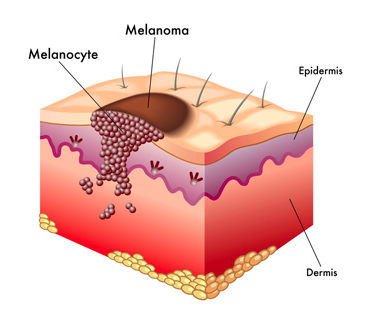
DermNetNZ.org: Childhood Melanoma
CureSearch.org: Skin Cancer in Children
AAD: Looking Good – Skin Cancer Tool Kit
Children and Skin Cancer
 VIDEOS
VIDEOS
Skin self-exam: How to do
Can you spot skin cancer?
AAD: What to Look for – ABCDE’s of Melanoma:
Detect Skin Cancer: Body Mole Map
How to SPOT Skin Cancer
CDC: Summer Sun Safety: Protect Yourself from UV Radiation
 VIDEOS
VIDEOS
 TUTORIALS/WEBINARS
TUTORIALS/WEBINARS
ASHAWEB: Melanoma Lessons for Secondary School Students
How to Select a Sunscreen
Tanned Skin is Not Healthy Skin
Be Unbeatable: A sun safety program for grades 3-5
CANCER AND SCHOOL
Cancer.org: Returning to School
CureSearch.org: Guidance for School Personnel
ChildrensOncologyGroup.org: School Support
Cancer: Sample Letters for Schools
Welcoming the Child with Cancer Back to School
Children with Pediatric Cancer: A Prescription for School Success
SUPPORT
Safety Net Grant Program: Financial Assistance
Childhood Brain Tumor Foundation

